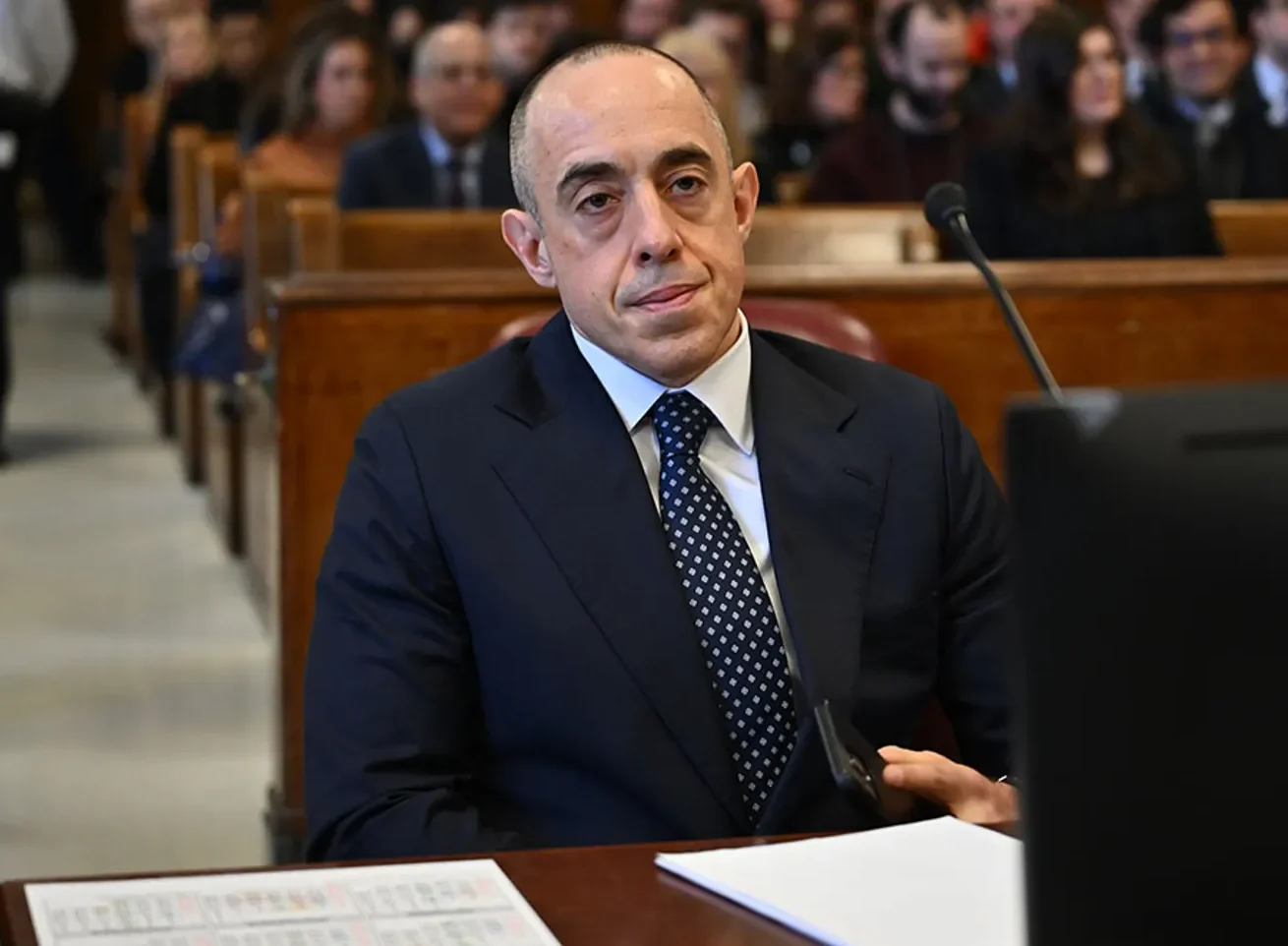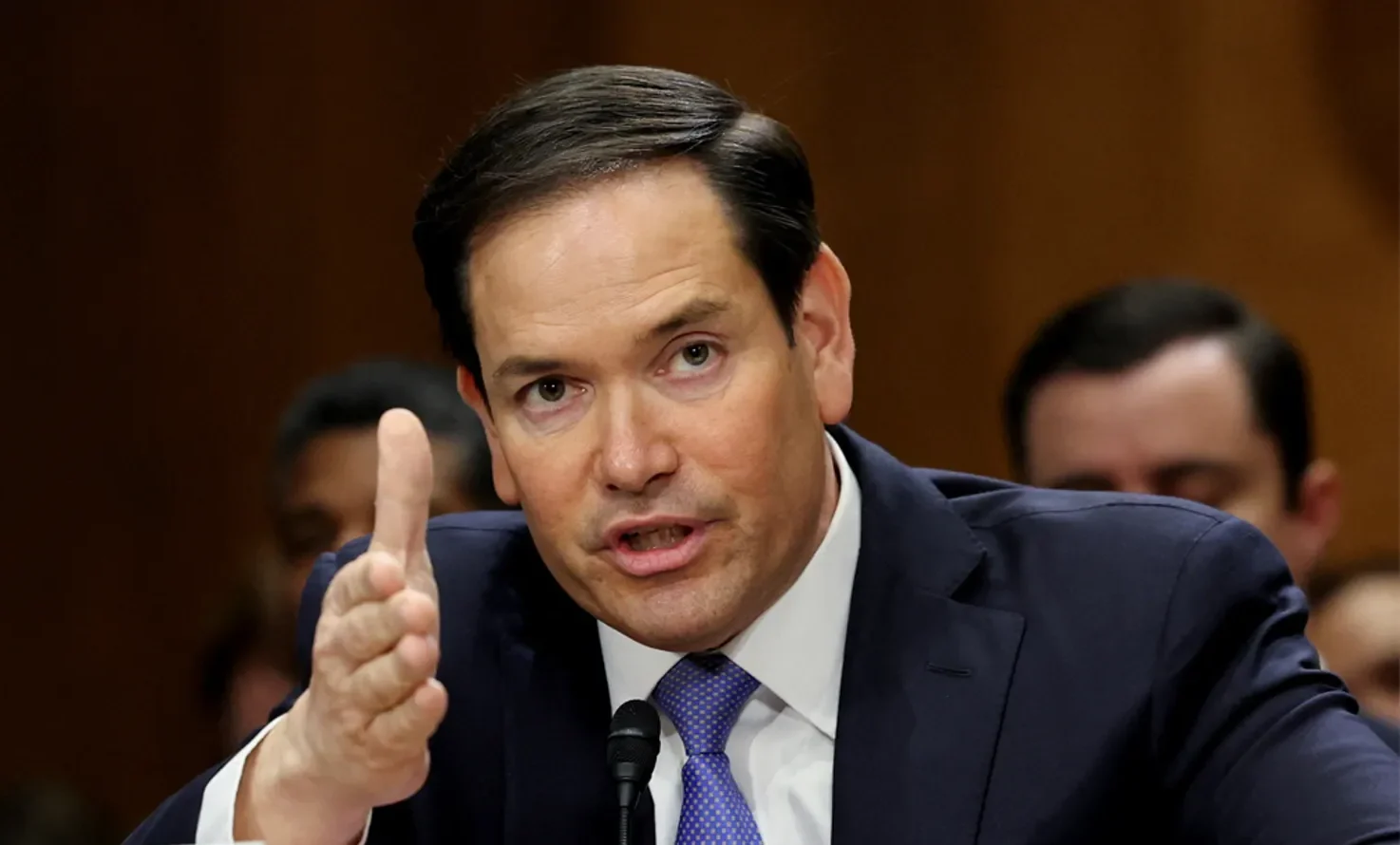The State Department—long a swollen swamp of suited desk jockeys swimming in memos and mid-level management—might actually be facing the most significant reality check it’s had since the Berlin Wall came down. And leading the charge? None other than Secretary of State Marco Rubio, who apparently had the gall to call the agency “bloated, bureaucratic, and unable to perform its essential diplomatic mission.” Cue the gasps in Foggy Bottom.
According to the new plan, more than 300 of the agency’s offices are getting the axe or being folded together like yesterday’s leftovers. That’s about 40% of the State Department’s domestic operations. For anyone still doing the math, that means up to 3,400 staff might be heading out the door—and not because they found better jobs, but because someone finally realized that having three different offices to handle sanctions might not exactly scream “efficiency.” Shocking, right?
Secretary of State Marco Rubio has submitted a sweeping proposal to Congress that would eliminate or consolidate more than 300 domestic offices within the U.S. State Department.
The plan marks the most significant restructuring of the department since the Cold War and is aimed… pic.twitter.com/5PTOmtSMPq
— Badlands Media (@BadlandsMedia_) May 29, 2025
Let’s just state the obvious: when you need a congressional notice just to describe your own internal clutter, it might be time to tidy up. The State Department, which exists to represent the United States to the world, has been spending far too much time talking to itself in 700 different offices instead of doing its actual job. Rubio’s push is less about cost-cutting and more about sanity-restoring. And honestly, good. Diplomacy isn’t supposed to be a multilevel marketing scheme of overlapping departments and conflicting memos.
Now, before you think this is just about swinging the axe, let’s be clear: the restructuring isn’t just downsizing for the sake of it. It’s about prioritizing what matters. New offices will still be created, but with purpose. A deputy assistant secretary for democracy and Western values?
Yes, please. That’s a message worth pushing again. Immigration security offices? Absolutely—especially with immigration back on the front burner. And how about a bureau of emerging threats that actually focuses on AI, hypersonic weapons, and space? Welcome to the 21st century, folks.
Rubio’s strategy? Cut the fat in D.C., give more authority and resources to embassies abroad, and streamline operations so we don’t need seventeen signatures and a courier pigeon just to respond to an international crisis. And he’s not playing around—he wants this done by July 1. That’s not just fast by government standards—that’s warp speed.
Let’s talk strategy here. The whole idea is to shift the center of gravity from the D.C. echo chamber to the embassies—the boots-on-the-ground diplomats who actually deal with the rest of the world in real time. Rubio says he gets more innovation from the embassies than he does from the headquarters—and you know what? That makes sense. These are the people who are seeing the action unfold. They don’t need to wait on a memo from a desk in Arlington to figure out how to respond to a real-world crisis.
Of course, not everyone’s thrilled. Senator Jeanne Shaheen, predictably, is already wringing her hands about the “real costs” to American leadership. Leadership, she says? Lady, we’re trying to fix the agency that’s supposed to lead. If we’re lucky, this shake-up will finally end the reign of mid-level mediocrity that’s been slowing down our diplomatic machine like a rotary phone on a 5G network.
The State Department has long needed a house-cleaning, and finally, someone had the spine to grab the broom. Let’s hope the bureaucrats don’t stall it with another round of internal memos and passive-aggressive staff meetings. If the new vision sticks, we just might get a diplomatic corps that acts like a front line instead of a filing cabinet.



